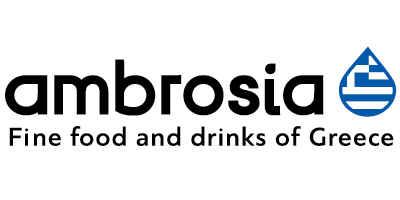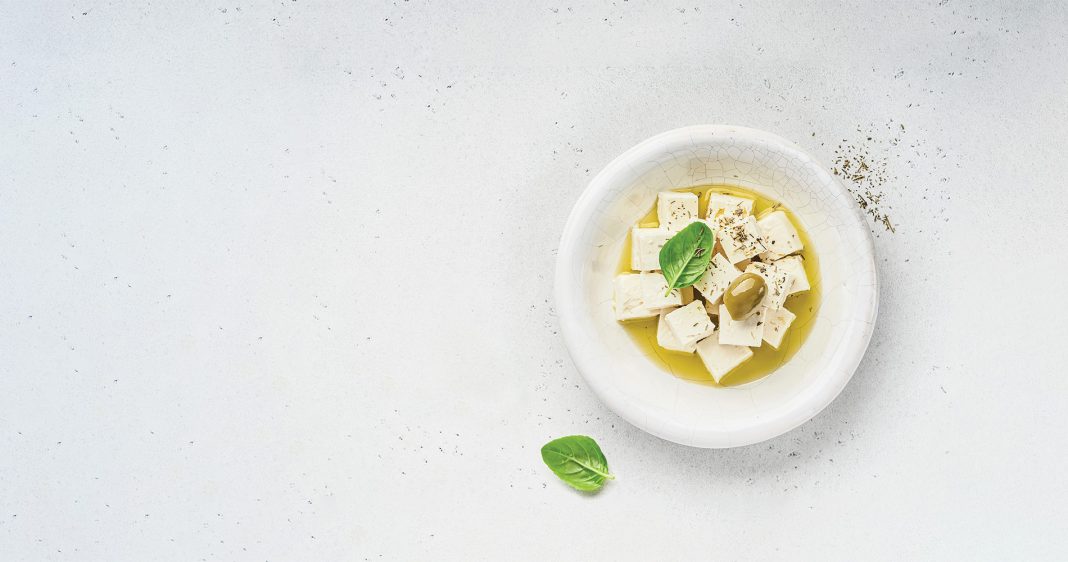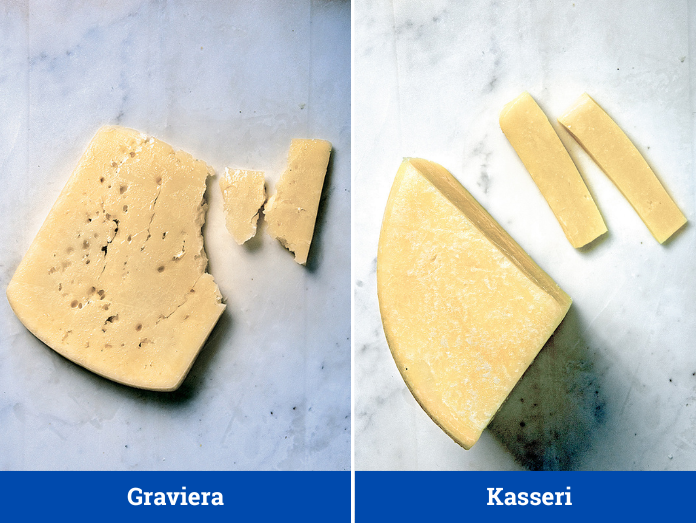Who could ever doubt the value of Greek Cheeses? Weather the criteria is the nutritional value, the taste, or their power as an important exporting product of the Greek f&b industry, PDO cheeses from all over Greece have earned their seat at the table.
It is no secret that Greek cheeses have played an important role, especially during the last twenty years, in the growing popularity of the Greek cuisine and hold their undoubtably high position among Greek f&b exports. Nonetheless, the extreme weather conditions in Greece during the previous year, along with the international context, play their role in the destabilization of an otherwise flourishing market.
The rise and challenges of 2023
The domestic production of cheese has been on the rise in recent years. According to some estimates*, the production of Greek cheeses amounts to 243,000 tons in 2022 showing an increase compared to the previous year (+2.1%) although it remains significantly lower than the corresponding one in 2021 (+4.2%).
Greek cheese exports stagnated in 2022 in terms of volume (112,000 tons) but had a significant increase in value that exceeded €764Μ, resulting in the relative trade balance to remain positive. In Greece, goat milk cheese production is dominant (about 88% in 2022), among which feta is still the most popular traditional PDO cheese with a continuous increase in both production and exports: production reached 114,000 tons in 2022, significantly increased compared to the previous year (+7.4%). At the same time, feta exports within 2022 showed an increase compared to the previous year, while the increase in consumption was also noticeable: feta exports reached €605Μ in 2022 (86.800 tons), compared to €388Μ in 2019.
As for the production potential in the rest of the Greek PDO cheeses, there is a large lag in production volume, with a decline in 2022. Typical examples are graviera (4,284 tons in 2022, down -11% compared to 2021), kasseri (2,159 tons, down -24%), kephalograviera (2,050 tons, down -20%), and manouri (1,744 tons, down -4%).
According to recent data, within the period January-August 2023 the volume of feta exports was limited to 62,778 tons, a size reduced compared to the corresponding period of the previous year (-2.8%), however the value reached €522.7M presenting a +21% increase due to the significant increase in the average export price which reached €8.4/kg. As for the product’s decrease in the volume of exports, this is expected to continue at a more intense pace mainly due to the drop in production as a consequence of the floods’ damage to livestock, livestock farms and cheese factories in the Region of Thessaly, which covers the largest proportion of sheep and goat milk deliveries among the Regions of the country (190,000 tons in 2022, 22%).
(*Data from Eurostat and Eurostat EU monthly trade, 17/10/2023)
The Greek Dream Team, Cheese Edition
Feta
Feta is certainly the most widespread type of cheese in Greece, and, in relation to the lot of traditional Greek cheeses, the most famous in the rest of the world. It is a white cheese made from goat’s and sheep’s milk, which matures in brine, and was finally registered as a PDO product only in 2002.
As for its history, there aren’t many food products in the world that can boast a 2,000 year past. The name “feta” was given in the 17th century and refers to the way it is cut (feta means slice in Greek), however this particular type of cheese is found in written texts much older than that: a primitive form of feta is even mentioned in Homer’s Odyssey* (Rhapsody I, verse 218-219). Today, feta is the flagship of Greek products PDO and represents approximately 10% of total Greek food exports, demonstrating its excellent international reputation.
* «ἐλθόντες δ᾿ εἰς ἄντρον ἐθηεύμεσθα ἕκαστα.
ταρσοὶ μὲν τυρῶν βρῖθον, στείνοντο δὲ σηκοὶ»
When we went into the cave, we admired it:
the cheese baskets were full of cheese, piled up everywhere
Graviera
Crete, Lesvos, Naxos and Amfilochia are the places that produce the most delicious, mouthwatering Greek graviera, which, nonetheless, can be found in many parts of Greece. Greek Graviera resembles gruyère, a Swiss cheese from whose name “graviera” is derived. Graviera is Greece’s second most popular cheese after feta, and the second in exports among all PDO cheeses. To be a Greek Graviera, the cheese must be made of sheep and goat’s milk (significant difference compared to the famous Swiss, which is made from cow’s milk). The Greek PDO Gravieras are only three, Agrafon, Naxou and Kritis (namely from the regions of Agrafa, Naxos and Crete). To be noted that most Greek Gravieras are of exceptional taste, albeit not PDO, and that graviera is one of the richest cheeses in calcium, as well as an excellent source of protein, phosphorous and magnesium.
Kasseri
Another extremely popular cheese in the Greek market, and one of the most successful in exports among Greek PDOs, kasseri has a semi-hard texture and solid mass with no or very small holes. It is white-yellowish in color, it has a pleasant taste, a fine aroma and is called a fermented cheese (according to the legislation, PDO kasseri must be prepared using the pasta filata or hamouri method, the same technique used for the preparation of fresh cheeses like mozzarella or aged ones like provolone, while in the traditional way, the curd, after it had been melted in hot water, was kneaded by hand). Kasseri can accompany literally any dish and is a great choice for cooking, but if you plan to enjoy it as a dessert cheese, it would be advised to take it out of the refrigerator about half an hour before serving.





















